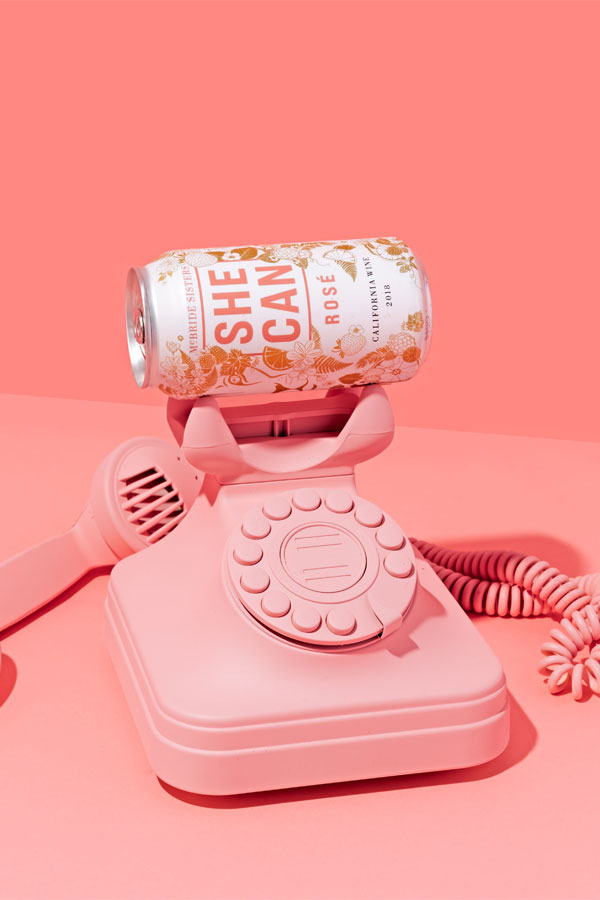Let’s all embrace our (generative) masculine sides

Picture a typical desk in a corporate office. A half-drunk mug of coffee sits next to a keyboard. A large monitor is illuminated with work in progress. A jacket is flung casually over the back of an empty chair.
You’d assume, looking at this scene, that it’s occupier – the man who spends his days sitting in that chair, drinking from that mug, and working on that computer – had simply slipped off to the bathroom or popped out to pick up lunch.
What you might not realise is that this man is already half way home. His perfect “mid-task” desk set-up is just that – a set-up, created to make you, and anyone else who happens to be walking by, believe he’s working longer hours than he is.
The sad truth is, this man is like many men (and women) working in the upper ranks of companies; in order to survive in his system, he has to create an illusion of diligence and dedication.
This story might sound ridiculous – but it’s absolutely true. Over the years, I’ve heard many stories just like this. Grown men, often senior executives who are otherwise honest at work and at home, will go to great lengths to “stage” an alternate reality in line with their perceived expectations.
Every time I hear a story like this, I wonder: What are we role modeling as men (and women)? Or more accurately, why do we continue overplaying the toxic masculine in our systems?
More diversity, same formula
Globally, we’ve made significant progress in increasing gender diversity in the upper echelons of the corporate world. Women are becoming more present – and yet still, in many cases, femininity is still underplayed and undervalued.
Many organisations continue to place too great a value on conventional toxic “masculine” traits, like dominance, toughness, silent dedication, and competition. So much so, in fact, that much of our research shows organisations have not so much embraced their feminine sides, as women have taken on more masculine traits to gain acceptance.
Beauty in the balance
What we know from our work is as follows: Culture and systems that put equal and balanced value on perceived masculine and feminine energy – and don’t over-rotate toward one or the other – tend to be the highest performing, the most productive, and the most fulfilling for people.
Crucially, where that energy comes from – biological men or women – is immaterial. In fact, individuals of every gender and/or sex who embrace and express both traditional masculine and feminine traits are also generally happier, more fulfilled and more productive.
Case in point: A study in the Journal of Organisational Behavior found that men who exhibited traditionally feminine traits like empathy, and women who exhibited traditionally masculine traits like assertiveness were perceived as more effective by their employees. Similarly, a study in the Journal of Vocational Behavior revealed that men and women with a combination of masculine and feminine traits tended to have higher job satisfaction and better mental health.
In our complex world, we need adaptive organisations and leaders who can shift their energy and style dependent on context. Empowering them to embrace both their masculine and feminine sides assists in that resilience.
Generative vs toxic
The other dynamic at play here is the toxic versus the generative. In other words, both the feminine and the masculine have helpful and unhelpful traits. Leaning too hard on the masculine, for example, often tips over from the generative – think integrity, confidence and leadership – into the toxic – aggression, arrogance and superiority. When this happens, everyone in the system suffers.
Recently, the leadership team of one of our client organisations took ambitious steps to incorporate care (often considered a feminine trait) as a leadership principle. The resulting behavioural change expressed through the leadership led to improved employee retention and engagement. Not only that but the leaders have reported that embedding care has helped them to better navigate difficult challenges.
A future free of stereotype
The answer to centuries of toxic masculinity is not the adoption of this energy by others to belong, or even a pendulum swing towards a new norm of toxic femininity. It’s a collapse of the idea of any stereotyping and a focus on our own ‘inner’ work as individuals and teams to help us all be more generative in our ways of working and leading. In that way, we can embrace and transform our own unhelpful traits.
Returning to the man at the start of this article, at the time, he said to me in private, “The worst part is that I don’t feel comfortable speaking my human need to spend time with my family.” It broke my heart: The cost to all of us of this toxic masculinity playing out in the workplace is that it deprives us of the very things that matter most.
It’s time for a new paradigm – a new “leadership energy” that breaks down the feminine vs masculine, and instead takes the most generative traits of both.
Toxic masculinity overplays the left column and underplays the right (Harvard Business Review 2022)
- February 5, 2024











